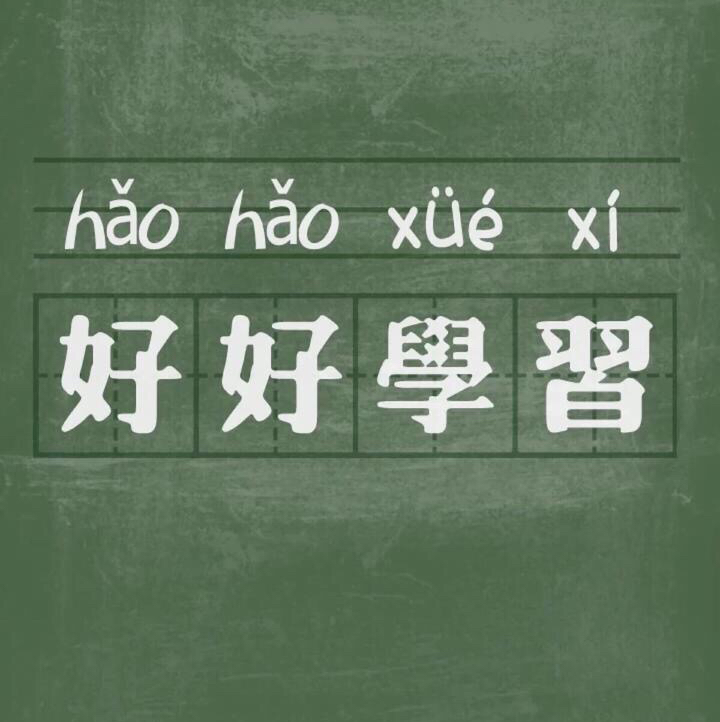
热门搜索:如何备考GRE GRE填空 GRE数学机经 GRE模考
The age at which young children begin to make moral discriminations about harmful actions committed against themselves or others has been the focus of recent research into the moral development of children. Until recently, child psychologists supported pioneer developmentalist Jean. Piaget in his hypothesis that because of their immaturity, children under age seven do not take into account the intentions of a person committing accidental or deliberate harm, but rather simply assign punishment for transgressions on the basis of the magnitude of the negative consequences caused. According to Piaget, children under age seven occupy the first stage of moral development, which is characterized by moral absolutism (rules made by authorities must be obeyed) and imminent justice (if rules are broken, punishment will be meted (to give out by measure: DOLE usually used with out “mete out punishment”) out). Until young children mature, their moral judgments are based entirely on the effect rather than the cause of a transgression. However, in recent research, Keasey found that six-year-old children not only distinguish between accidental and intentional harm, but also judge intentional harm as naughtier, regardless of the amount of damage produced. Both of these findings seem to indicate that children, at an earlier age than Piaget claimed, advance into the second stage of moral development, moral autonomy, in which they accept social rules but view them as more arbitrary than do children in the first stage.
Keasey’s research raises two key questions for developmental psychologists about children under age seven: do they recognize justifications for harmful actions, and do they make distinctions between harmful acts that are preventable and those acts that have unforeseen harmful consequences? Studies indicate that justifications excusing harmful actions might include public duty, self-defense, and provocation. For example, Nesdale and Rule concluded that children were capable of considering whether or not an aggressor’s action was justified by public duty: five year olds reacted very differently to “Bonnie wrecks Ann’s pretend house” depending on whether Bonnie did it “so somebody won’t fall over it” or because Bonnie wanted “to make Ann feel bad.” Thus, a child of five begins to understand that certain harmful actions, though intentional, can be justified; the constraints of moral absolutism no longer solely guide their judgments.
Psychologists have determined that during kindergarten children learn to make subtle distinctions involving harm. Darley observed that among acts involving unintentional harm, six-year-old children just entering kindergarten could not differentiate between foreseeable, and thus preventable, harm and unforeseeable harm for which the perpetrator cannot be blamed. Seven months later, however, Darley found that these same children could make both distinctions, thus demonstrating that they had become morally autonomous.
 做题笔记
做题笔记
 暂无做题笔记
暂无做题笔记
 网友解析
网友解析
 我有更好的解析
我有更好的解析
当前版本由 长颈鹿在哪里呀 更新于2019-03-18 22:52:22 感谢由 长颈鹿在哪里呀 对此题目的解答所做出的贡献。
这道题需要结合public duty的语义和文中的内容来判断,首先public duty是指公众的责任感,而后文的内容提到 children were capable of considering whether or not an aggressor’s action was justified by public duty,孩子能考虑侵略者的行为能否被public duty辩解,所以再看选项,只有C符合。
 题目讨论
(如果对题目有任何的疑惑,欢迎在这里提出来,大家会帮你解答的哦~)
题目讨论
(如果对题目有任何的疑惑,欢迎在这里提出来,大家会帮你解答的哦~)

GM34
 0
0
 0
回复
0
回复

204461ddvc
 0
0
 0
回复
0
回复

172644oy
 0
0
 0
回复
0
回复
[数学 ]【新版】冲分救命题 -12222
Three numbers are to be selected at random and without replacement from the five numbers 4, 5,7,8, and 11.What is the probability that the three numbers selected could be the lengths of the sides of a triangle?
[数学 ]【新版】冲分救命题 -12221
There are 5!. or 120. ways of arranging 5 different solid-colored flags side by side. If the colors of the flags are red, blue,yellow,green, and orange,how many of those arrangements have either the red fag or the blue flag in the middle position?
[数学 ]【新版】冲分救命题 -12220
k is randomly selected from the set of integers from 1 to 100, inclusive.
[数学 ]【新版】冲分救命题 -12219
REENA'S MOVIE COLLECTION The table above shows the number of movies in each genre in Reena's movie collection. If two different movies are to be selected at random from the collection. what is the probability that neither movie will be in the science fiction genre?
[数学 ]【新版】冲分救命题 -12218
Several 0 and 1 are arranged in a 10*10 palace as follows. Among all the number 0, what is the probability that they are arranged in both an odd row and an odd column? Give your answer as a fraction.
[数学 ]【新版】冲分救命题 -12217
There are 5!, or 120,ways of arranging 5 different solid-colored flags side by side. If the colors of the flags are red, blue,yellow, green, and orange,how many of those arrangements have either the red flag or the blue flag in the middle position?
[数学 ]【新版】冲分救命题 -12216
Pat has five matched pairs of socks and no two of the pairs are the same color. If Pat selects two socks simultaneously and at random, what is the probability that the two socks selected will be a matched pair.
[数学 ]【新版】冲分救命题 -12215
A box contains 100 purple balls, 100 red balls, and 100 white balls. What is the minimum number of balls that must be chosen to ensure that at least 4 of the balls chosen have the same color.
[数学 ]【新版】冲分救命题 -12214
The cast of a certain play has 2 male characters and 2 female characters. The director of the play will select the 2 male characters from 6 male actors and the 2 female characters from 8 female actors. How many different sets of 4 actors, consisting of 2 male actors and 2 female actors, are there that can be selected by the director?
[数学 ]【新版】冲分救命题 -12213
P is the set of all of all positive factors of 20, and Q is the set of all positive factors of 12. If a member of Pwill be chosen at random, what is the probability that the chosen member will also be member of Q .
[数学 ]【新版】冲分救命题 -12212
Average Per-Pupil Expenditures for the I0 Percent of School Districts State X That Had the Highest Expenditures (Group H) Compared to the 10 Percent of School Districts That had the Lowest Expenditures (Group L)
[数学 ]【新版】冲分救命题 -12211
Average Per-Pupil Expenditures for the 10 Percent of School Districts State X That Had the Highest Expenditures (Group H) Compared to the 10 Percent of School Districts That had the Lowest Expenditures (Group L)For the 1986-87 school year, the ratio of the average per-pupil expenditures or the Group L districts to the average for the Group H districts was closest to
[数学 ]【新版】冲分救命题 -12210
Average Per-Pupil Expenditures for the I0 Percent of School Districts State X That Had the Highest Expenditures (Group H) Compared to the 10 Percent of School Districts That had the Lowest Expenditures (Group L) From the 1979-80 school year to the 1989-90 school year, the average per-pupil expenditures for the Group L school districts increased by approximately.
[数学 ]【新版】冲分救命题 -12209
As a telephone salesperson, Kay made an average (arithmetic mean) of x sales calls per day for n consecutive days. On the next day, she made k sales calls. Which of the following represents the average number of sales calls per day for the n+1 days?
[数学 ]【新版】冲分救命题 -12208
Set S consists of 8 positive integrs,3 of which are even, Set T consists of all numbers of the form x+x2 ,where x is member of set S.
[数学 ]【新版】冲分救命题 -12207
Lists S and T each consist of 5 consecutive integers. The greatest integer in S is equal to the least integer in T.
[数学 ]【新版】冲分救命题 -12206
[数学 ]【新版】冲分救命题 -12205
List S : 1,2 ,3, k,2k If k< 2, which of the following numbers could be the median of the five numbers in list ? Indicate all such numbers.
[数学 ]【新版】冲分救命题 -12204
In 1990 approximately what percent of the total population of neighborhood was foreign-born with Europe as region of origin?
[数学 ]【新版】冲分救命题 -12203
A list of the names of the people of the entire 1990 foreign-born population in neighborhood was generated, with each person’s name appearing once. The names of 2 different people will be randomly selected from the list. Which of the following is closest to the probability that both names selected will be names of people whose region of origin was “Other”?

雷哥网GRE微信
微信公众号:greonline


高效冲分,预见你想象的目标分!


1.使用雷哥网GRE的时间?
2.通过何种渠道了解到雷哥网GRE?
3.使用雷哥GRE的用途?(可多选)
4.使用雷哥网GRE曾遇到的问题?(可多选)
5.你对雷哥网GRE的优化建议(可多选)
6.向朋友推荐雷哥网GRE的可能性?
不会
不一定
可能
很可能
一定